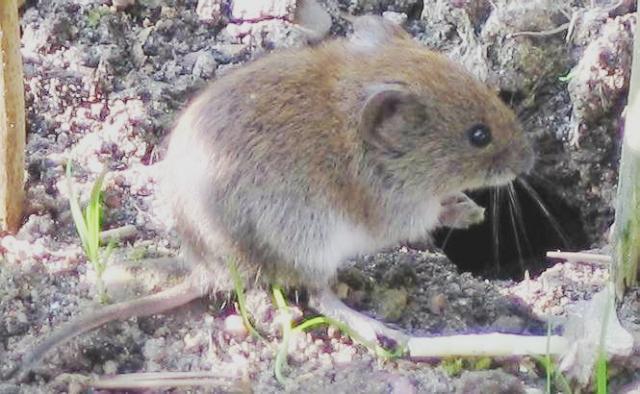


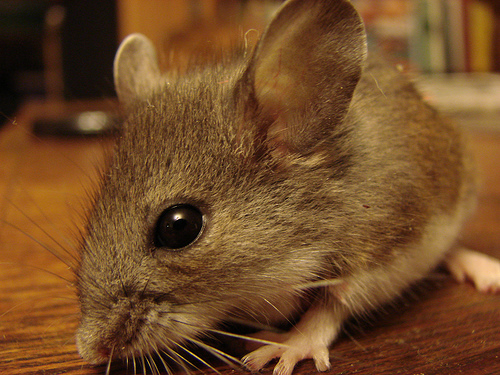
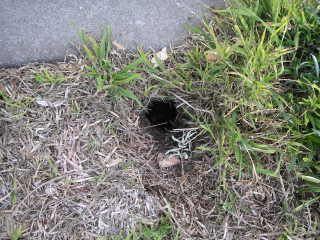
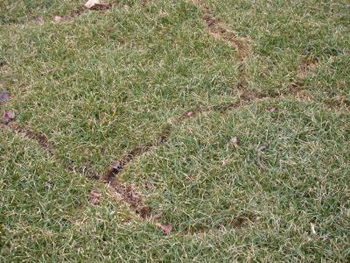
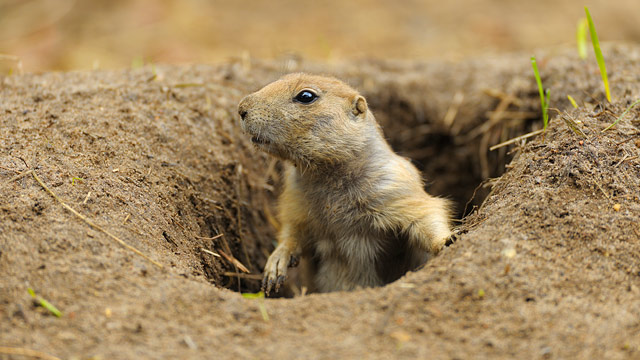
Seeing damage in your yard?
Droppings in or around your home?
Or hearing little scratching sounds?
Don't let them fool you! As little as they can be, they can cause major damage! Allow us to help using our family and pet friendly materials to eradicate these pest from your home or business! We specialize in mice, rats, voles, moles, and prairie dogs!
Rodent FACTS:
Mice: Mice can breed year-round, but when living outdoors, they breed mostly in the spring and fall. A female may have 5-10 litters per year.
Mice can fit through openings the size of a dime and they can be very hard to control with over the counter products.
Rats and mice pose a health risk because they carry and contribute to asthma and allergies and a wide range of diseases.
Diseases:
- Salmonella, commonly known as “food poisoning,” is caused by ingesting food contaminated with salmonella bacteria often carried by rodent feces.
- Trichinosis is caused by the infestation of muscle tissue by trichinae, an intestinal parasite spread by rodents.
- Leptospirosis is infectious bacteria that “drills” itself like a corkscrew into human skin and embeds itself in vital organs, namely kidneys. Humans contract it from walking barefoot on wet, contaminated floors where infected particles float in rodent urine.
Rats and mice are extremely destructive creatues:
- Eat through cardboard, wood, plaster and even plastic.
- Gnaw on electrical wiring, which can potentially cause an electrical fire.
- Contaminate food.
How do I know if I have Voles?
- A good indicator that you have voles in your yard is the visible, above ground runways that connect their burrow openings. These well-defined, surface runways, about two inches wide, are typically constructed in grassy areas.
- Another tell-tale sign of a vole infestation are plants that have wilted or appear yellowish. If a light tug on a plant lifts it easily from the soil, chances are good that its roots have been devoured by a vole.
